When Junko Tabei planned to conquer Mount Everest in 1975, many people told her that "women should stay at home and take care of children instead of climbing mountains".
Born on September 22, 1939 in Miharu Town, Fukushima Prefecture, Japan, Junko Tabei was the fifth daughter in a family of seven children. To prove that she was not weak, she joined a classmate on a trip to Mount Nasu at the age of 10. Inspired by this experience, she developed a lifelong passion for mountain climbing.
Tabei majored in education and English literature. She joined mountaineering clubs and honed her skills on Japan's peaks, including Mount Fuji, the country's tallest mountain.
She worked for the Physical Society of Japan and edited the European Journal of Physics. After marrying fellow mountaineer Masanobu, she founded the Women's Mountaineering Club (LCC), exclusively for women.
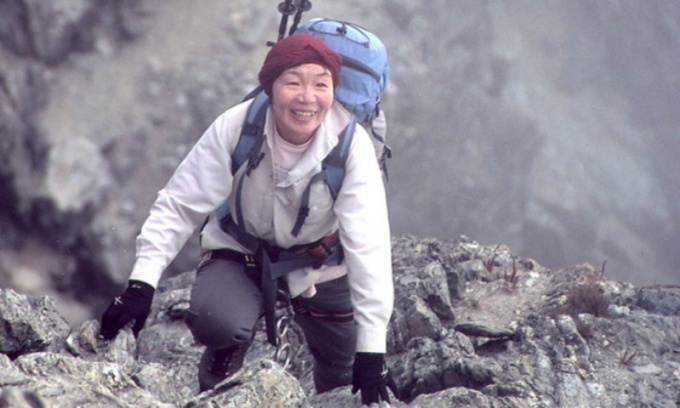
Legendary Japanese mountaineer Junko Tabei. Photo: International News
In 1970, LCC organized a team to climb Annapurna III, which is over 7,500 m high in the Himalayas. Of the eight people, Tabei alone reached the summit.
LCC then decided to form a 15-person team called the Japanese Women's Everest Expedition, aiming to conquer the world's highest peak. They planned to follow the same route that two climbers, Edmund Hillary and Tenzing Norgay, had taken in 1953. They applied to climb Everest in 1971 but had to wait four years for a permit.
When they sought funding from the Japanese business community, some told Tabei that the expedition was "crazy", that the world's highest mountain was regularly hit by typhoons and that it would be a race against time due to the coming monsoons.
“They told me bluntly, ‘Forget about climbing. Why don’t you stay home and take care of your child instead?’” Tabei said. Her daughter was three at the time.
Tabei eventually secured sponsorship from the Yomiuri Shimbun and Nippon TV, but each member had to contribute 1.5 million yen ($5,000). Tabei taught piano lessons to earn extra money. To save money, she made many of her own tools, including waterproof gloves from car covers and pants from old curtains.
After a long training period, the group embarked on the expedition in May 1975 with six Sherpa guides, a group of indigenous people who serve as guides and porters for the climbers. On May 4, 1975, while the group was camping at an altitude of 6,300 meters, an avalanche hit. Tabei was buried under the snow, unconscious and injured. She was pulled out by the guides and no one in the group was killed.
After two days of rest to recover, Tabei and his group continued their journey. "As soon as I knew I was alive, I was even more determined to continue," Tabei recalled thinking at the time.
The group had originally planned for two members to summit Everest with a Sherpa guide, but the Sherpas did not carry the necessary number of oxygen tanks for two climbers. Tabei was eventually chosen to continue the journey on May 10, 1975, along with guide Ang Tsering.
As she neared the summit, Tabei was surprised to discover that she would have to cross a thin, dangerous ice strip that had not been mentioned by previous climbers. She crawled along it and described it as the most nerve-wracking experience of her life. On May 16, 1975, Tabei became the first woman to conquer Mount Everest. She waved the Japanese flag and stayed on the summit for about 50 minutes. She described the descent as equally arduous.
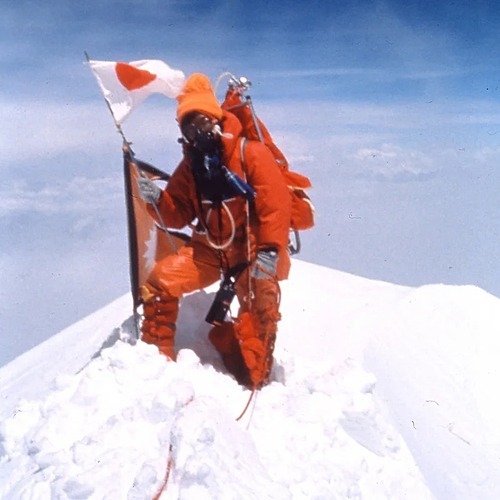
Junko Tabei on top of Everest in 1975. Photo: LCC
Following her success, Tabei immediately became the center of attention. A parade was held in her honor in Kathmandu, Nepal. Upon her return to Japan, she was greeted by thousands of supporters at Tokyo Airport. She also received congratulatory messages from the King of Nepal and the Japanese government. A television drama was made about the Everest expedition, and Tabei appeared at events across Japan.
Her climbing career was also marked by many other achievements. Between 1990 and 1991, Tabei successfully conquered Mount Vinson, the highest mountain in Antarctica. On June 28, 1992, she completed the challenge of Puncak Jaya in Indonesia, becoming the first woman to conquer the seven highest mountains on each continent.
“The winds are never calmer just because women are climbing. The natural conditions are always the same for everyone,” Tabei said in 2003.
Tabei also worked in the field of ecology and in 2000 completed a master's degree at Kyushu University, studying the environmental degradation of Mount Everest. She became director of the Japan Himalayan Adventure Foundation, which works globally to protect the mountain environment.
She was diagnosed with peritoneal cancer in 2012 but continued climbing. Tabei died at a hospital in Kawagoe City, northwest of Tokyo, Japan, on October 20, 2016.
Tabei has said she founded the women's climbing club partly because some male climbers at the time looked down on the ability and spirit of female climbers. But she told the British newspaper The Telegraph that she wanted to be remembered as the 36th person to climb the world's highest mountain, not the first woman to do so. "I had no intention of becoming the first woman to climb Everest," she said.
In 2019, a mountain range on Pluto was named Tabei Montes in her honor, as part of the International Astronomical Union's effort to honor "historic pioneers who broke new horizons in their exploration of Earth, the oceans and the sky."
Vu Hoang (According to Britannica, Encyclopedia, Wikipedia)
Source link










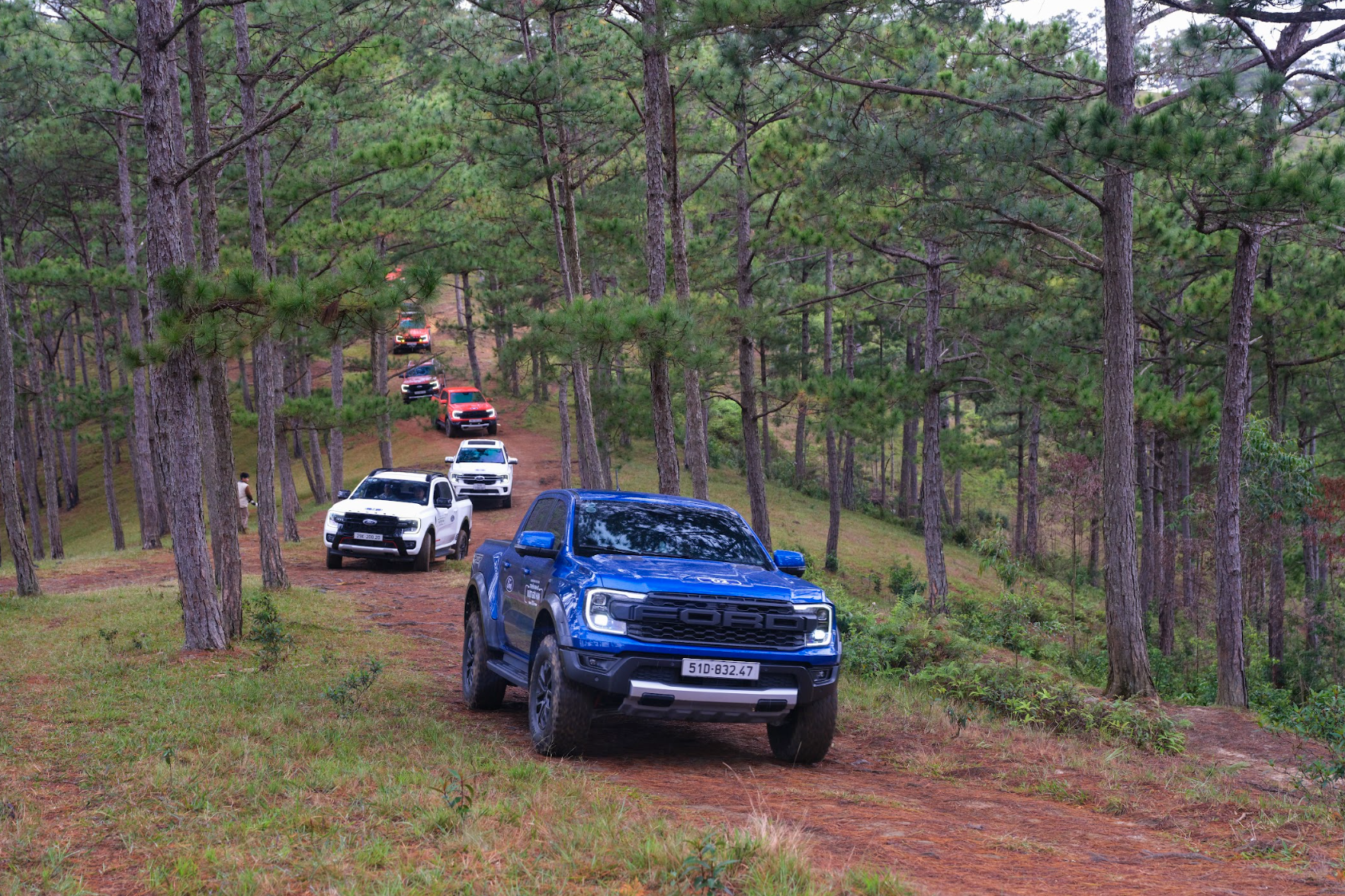

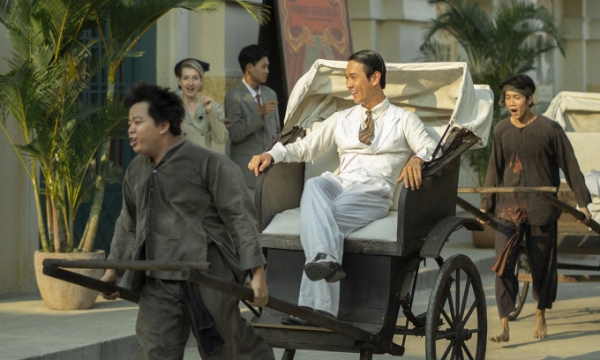

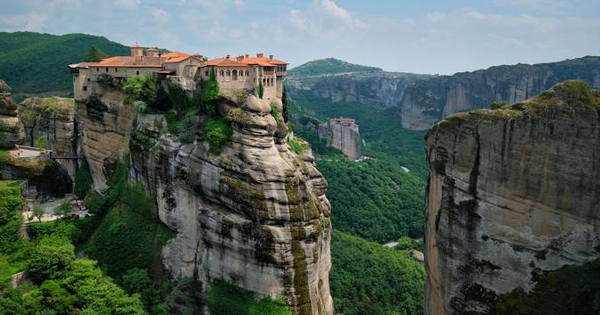



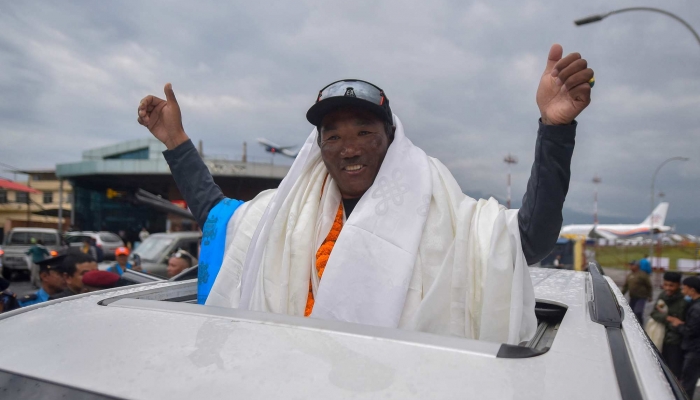

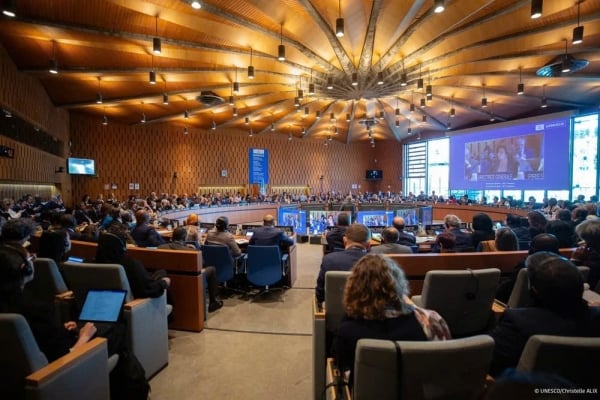
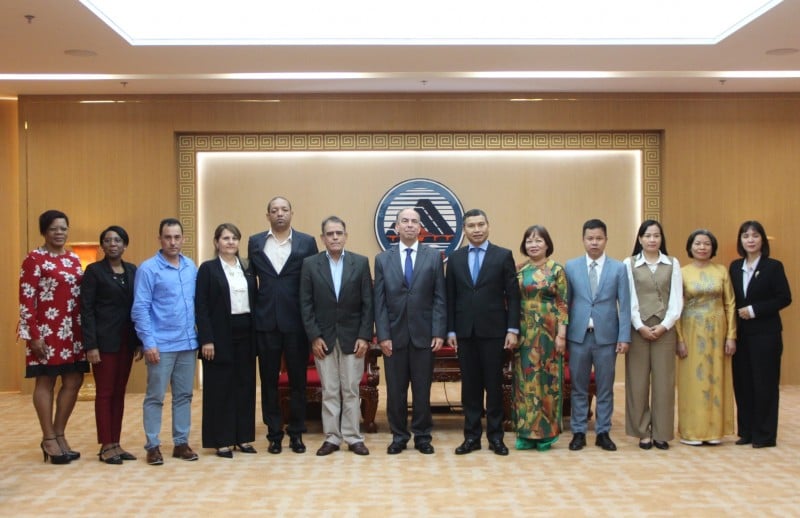
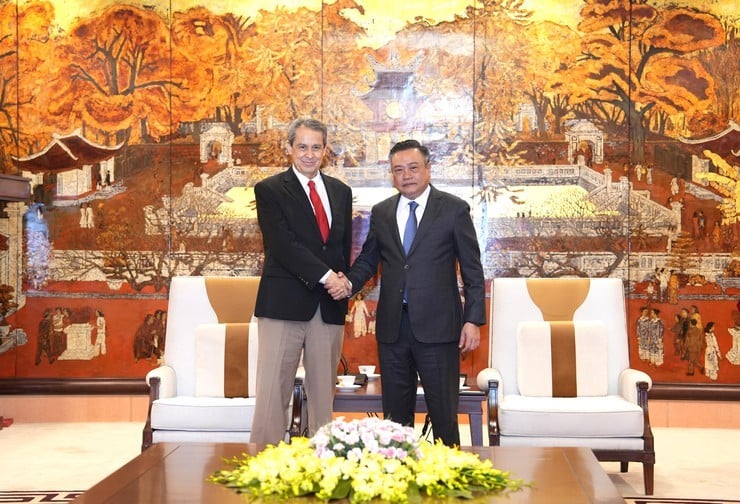
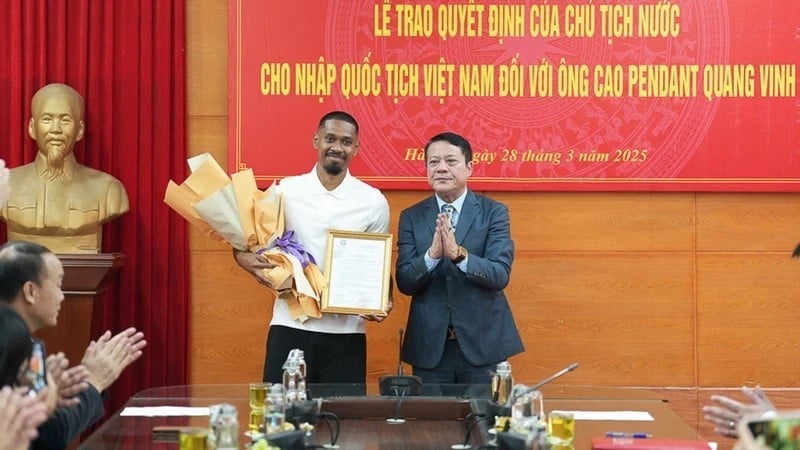
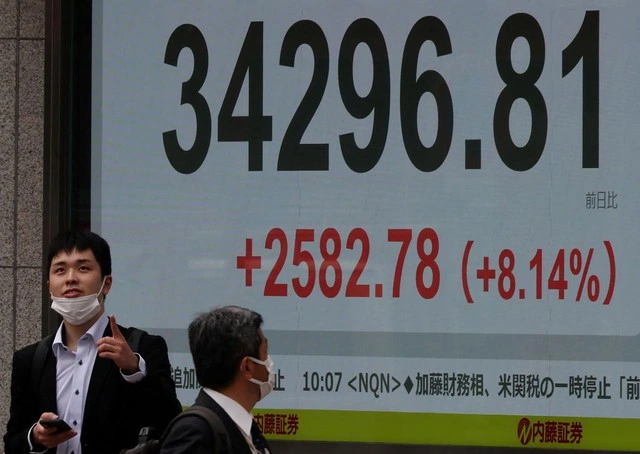
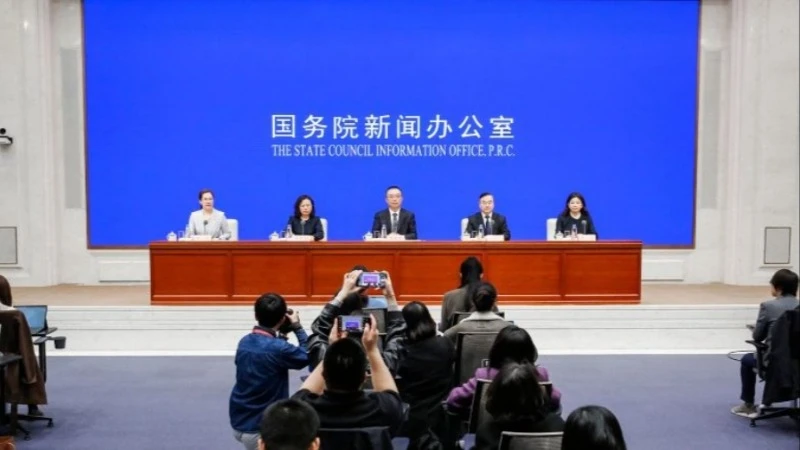








![[Photo] "Beauties" participate in the parade rehearsal at Bien Hoa airport](https://vstatic.vietnam.vn/vietnam/resource/IMAGE/2025/4/11/155502af3384431e918de0e2e585d13a)






































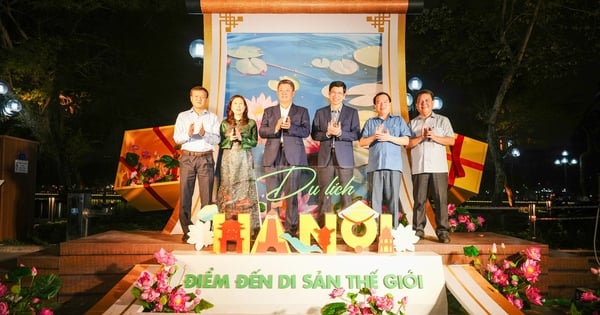
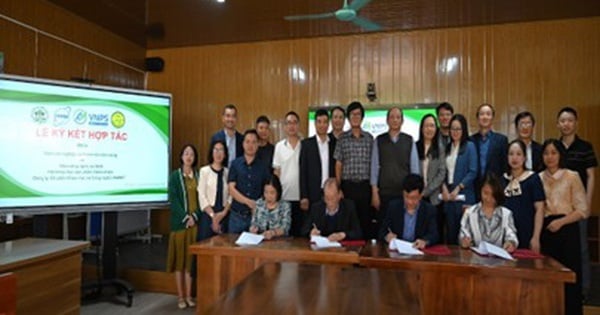








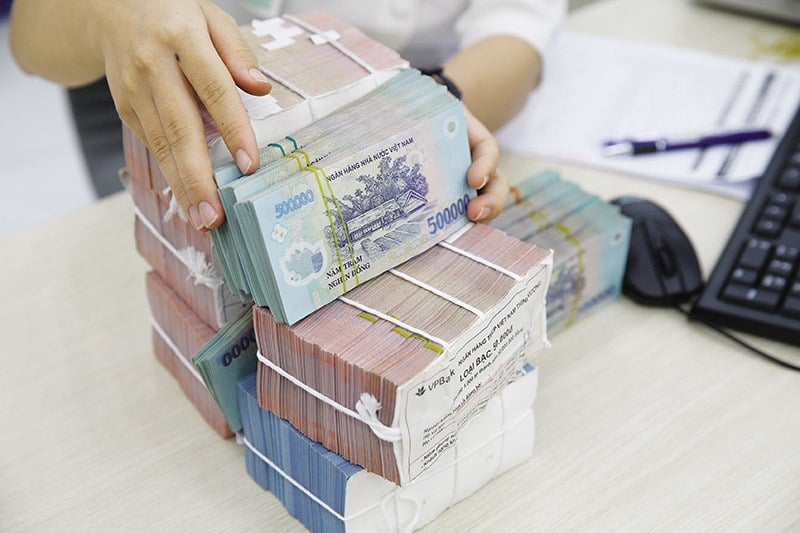
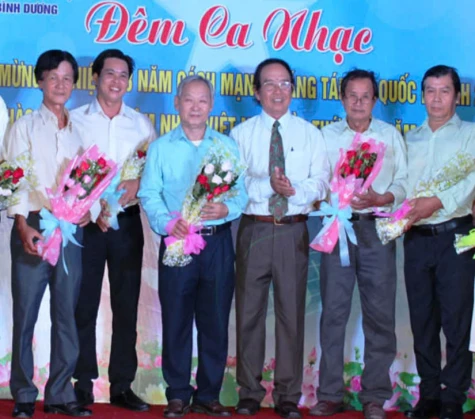










Comment (0)